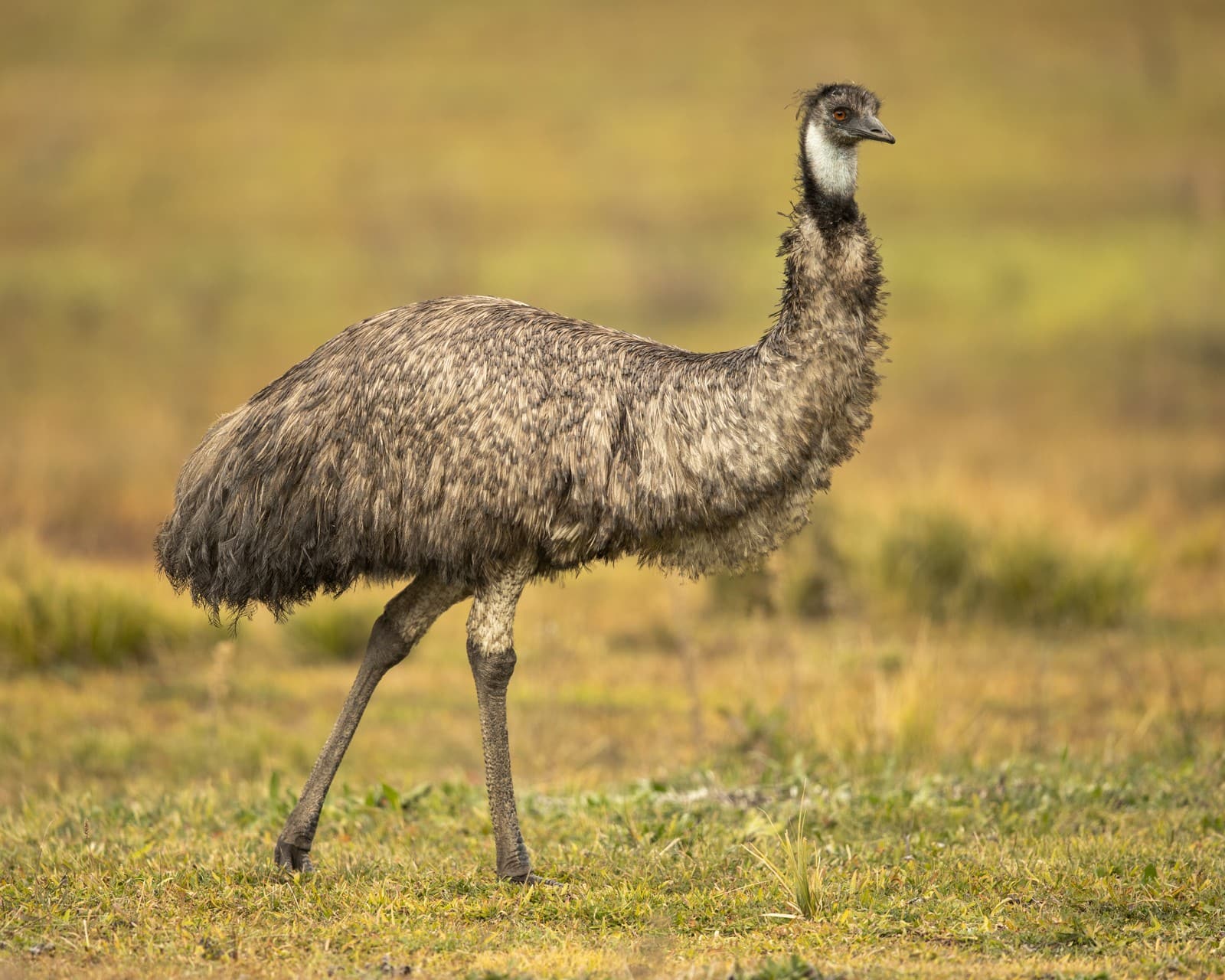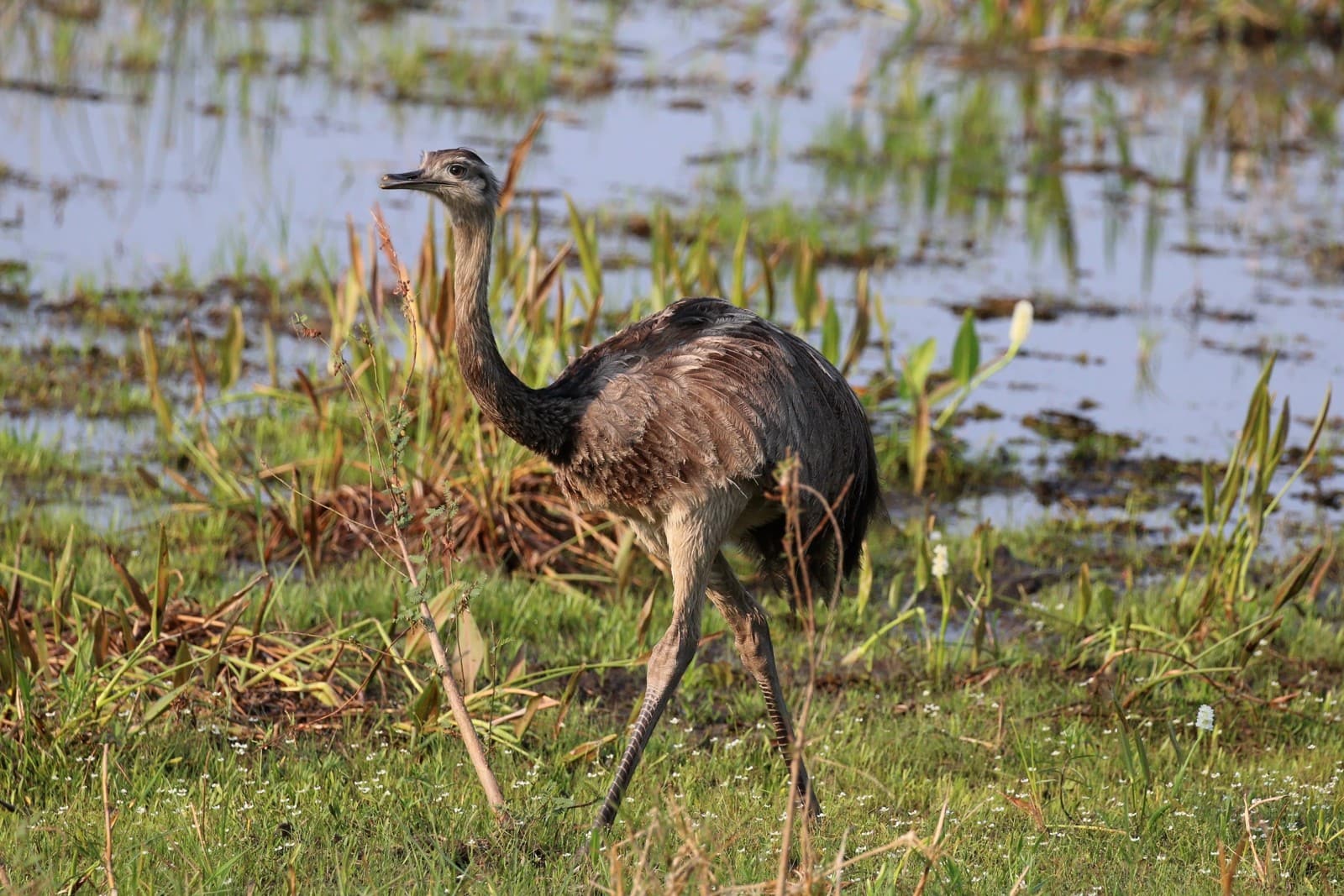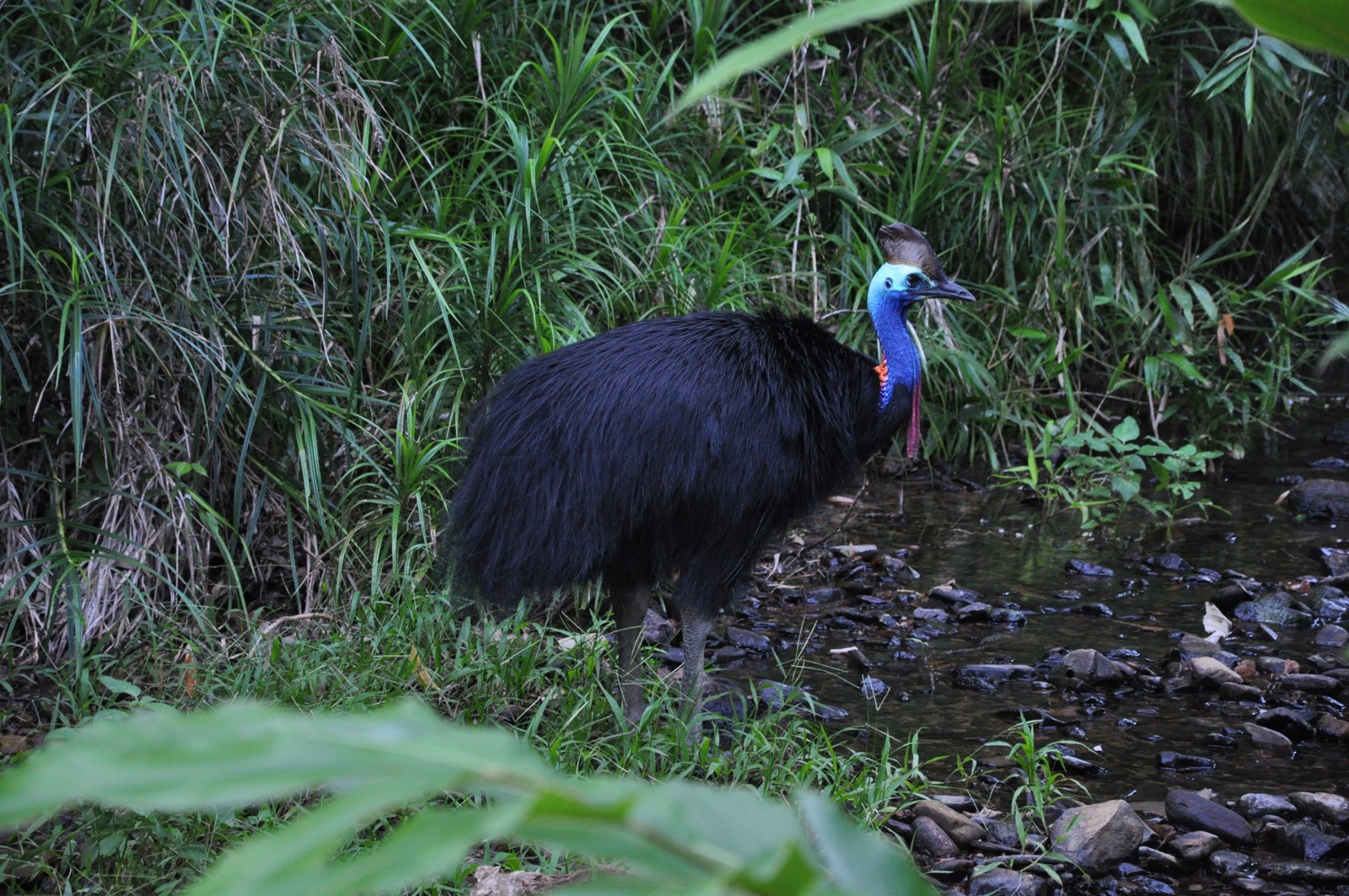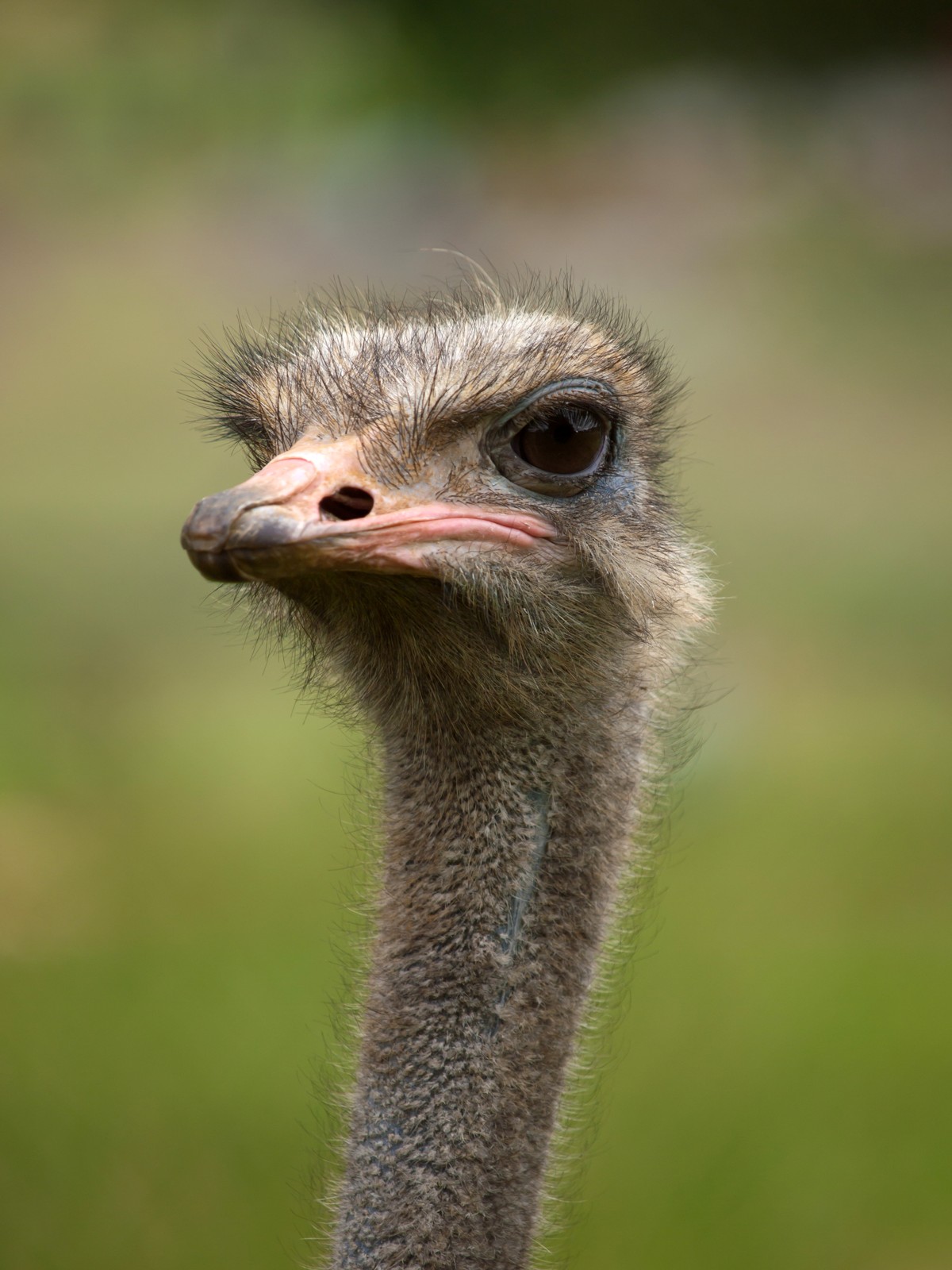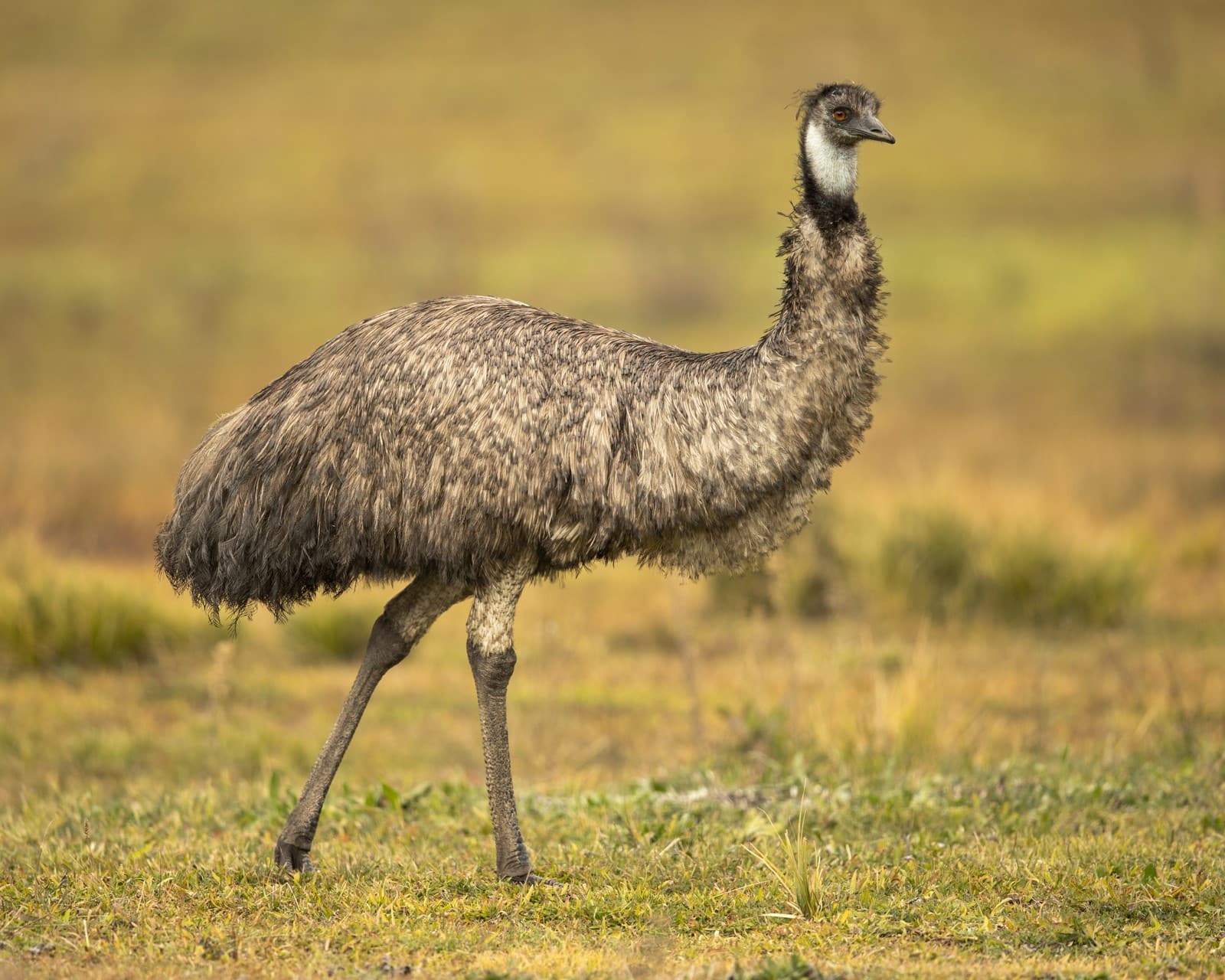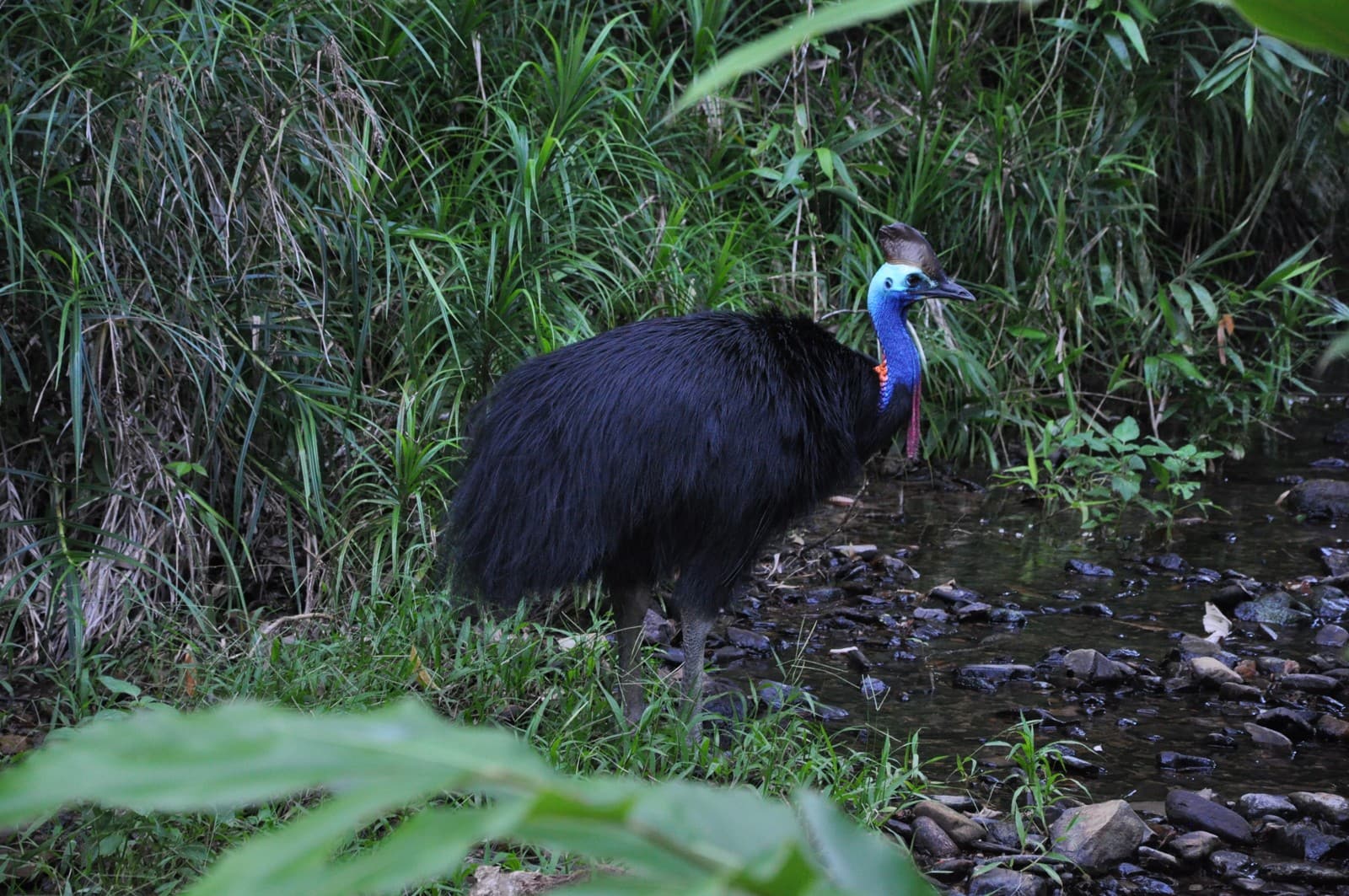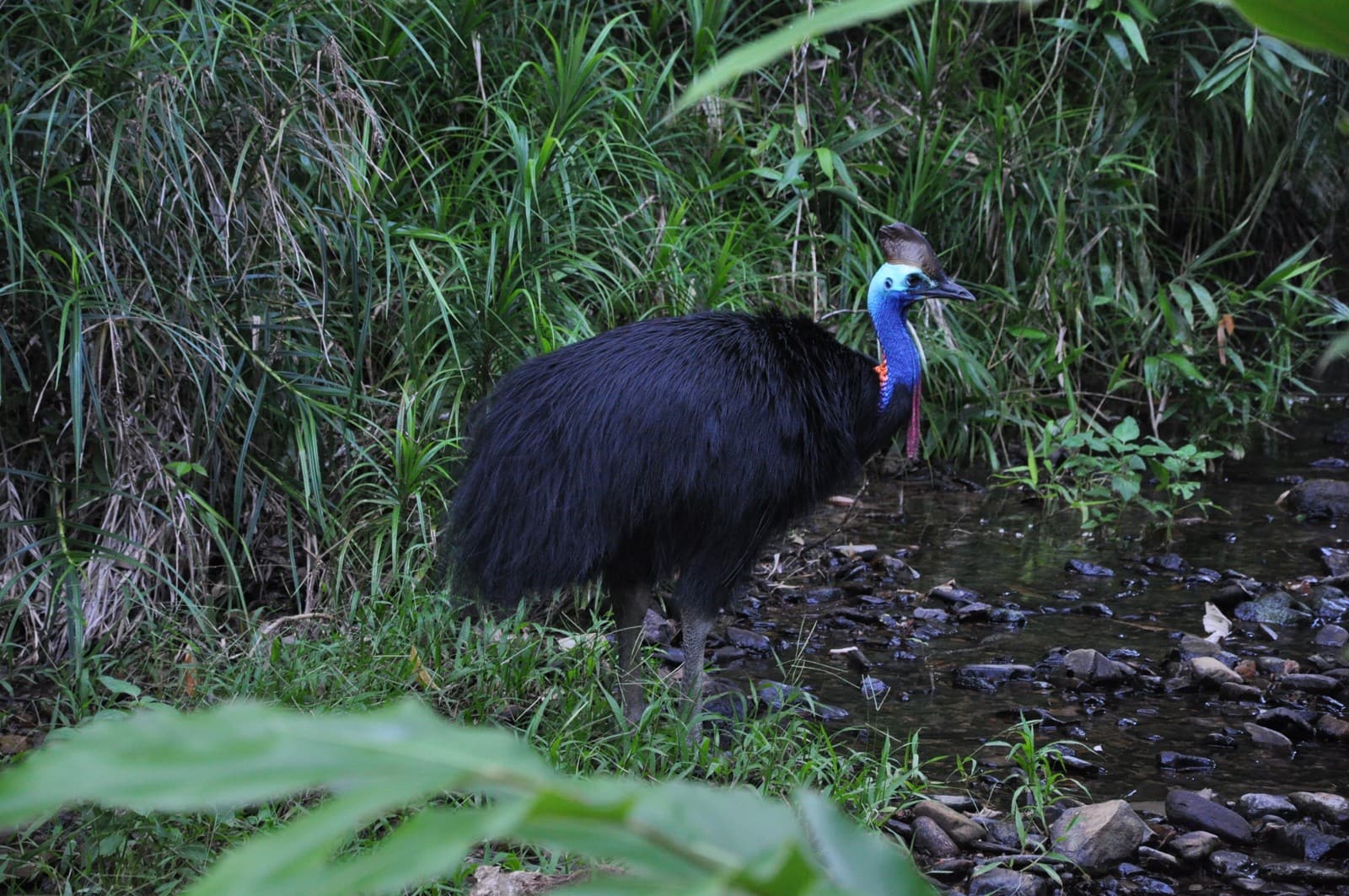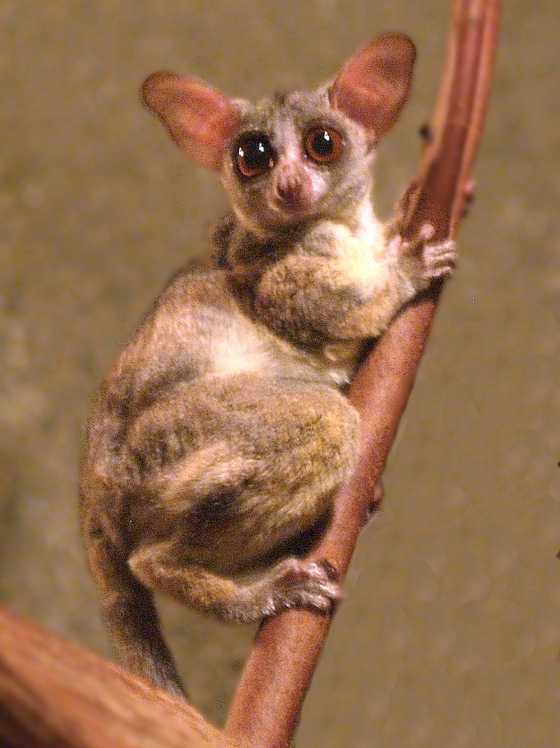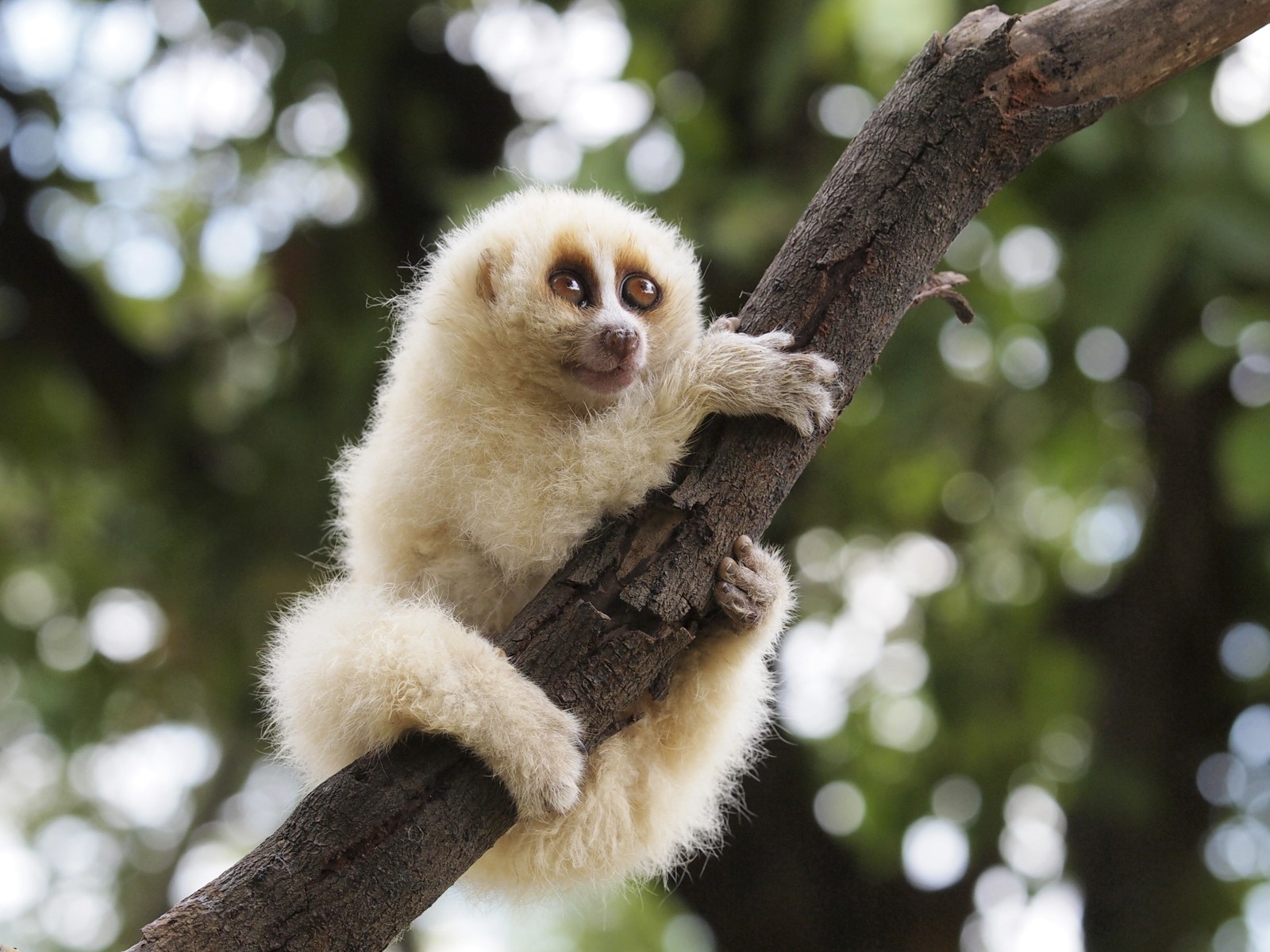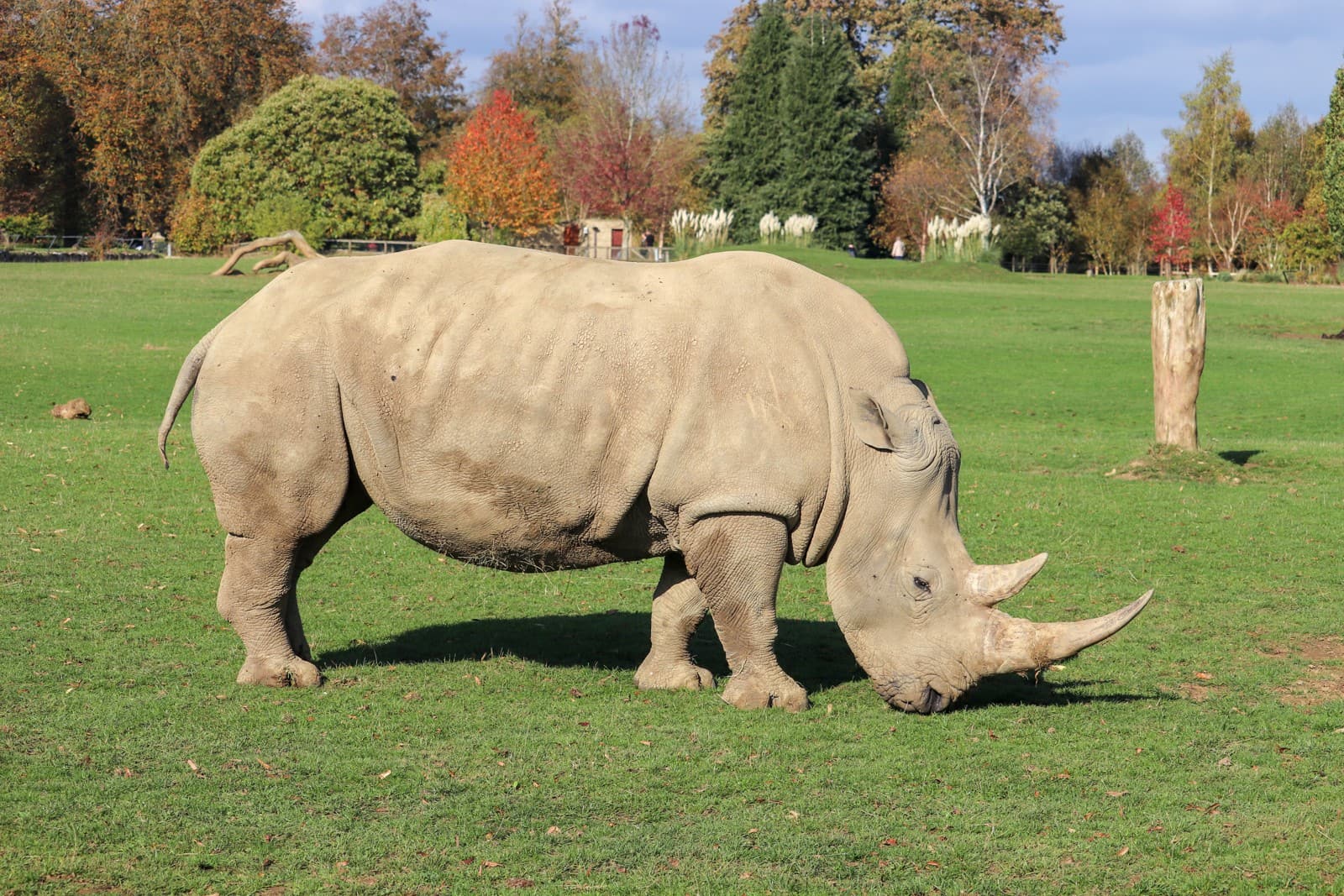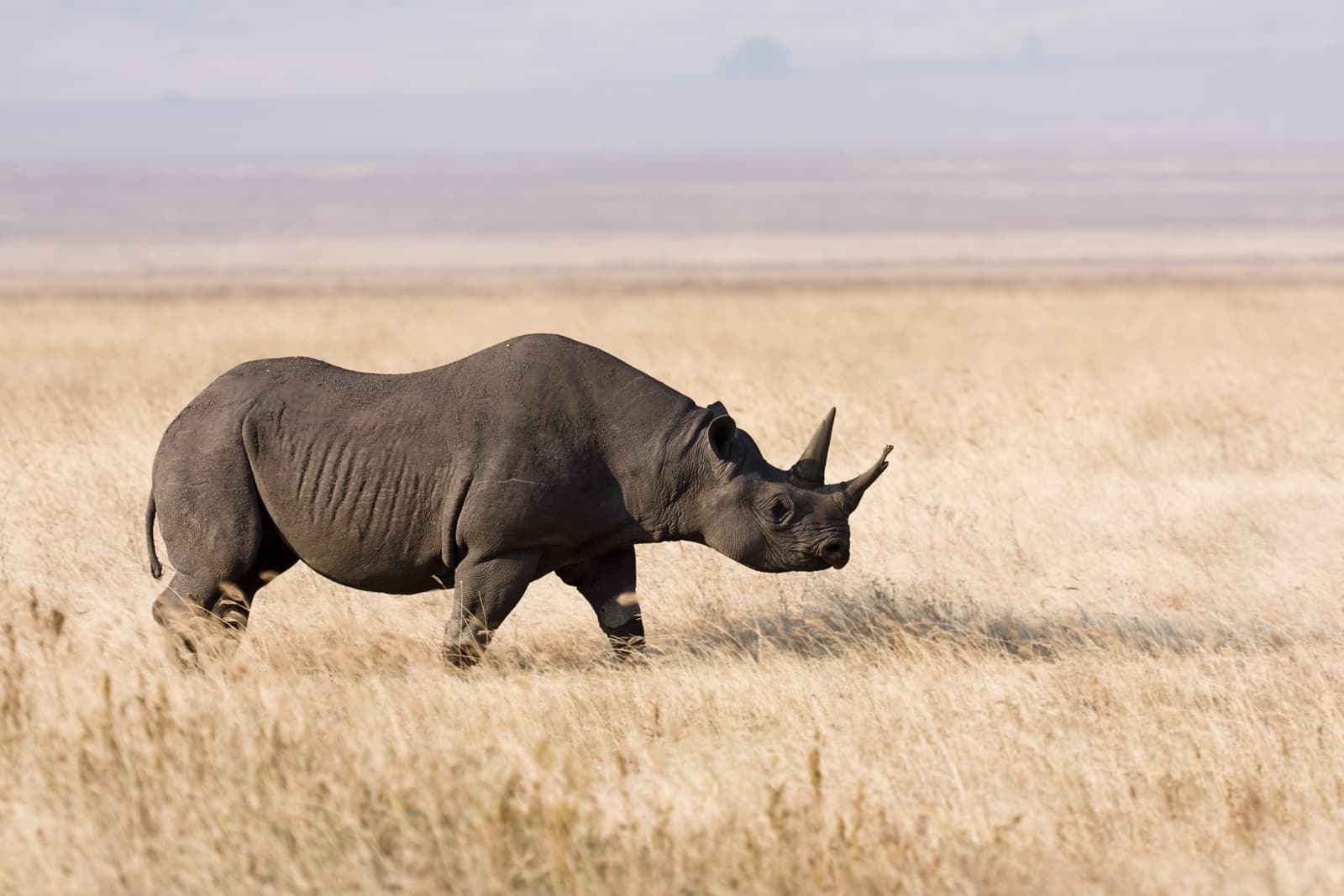Rhea vs Cassowary: A Complete Comparison
When comparing the Rhea vs Cassowary, we’re examining two of Earth’s most remarkable flightless birds, each adapted to vastly different environments. The South American Rhea stands 4.9-5.4 feet (1.5-1.65 meters) tall, while the Cassowary of Australia and New Guinea reaches impressive heights of up to 6.6 feet (2 meters), making it the third-tallest bird species alive today.
These ancient ratites diverged millions of years ago, developing distinct characteristics that reflect their unique habitats. While Rheas thrive in open grasslands and wetlands, Cassowaries have evolved to become the rainforest’s gardeners, playing a crucial role in seed dispersal throughout their tropical domain.
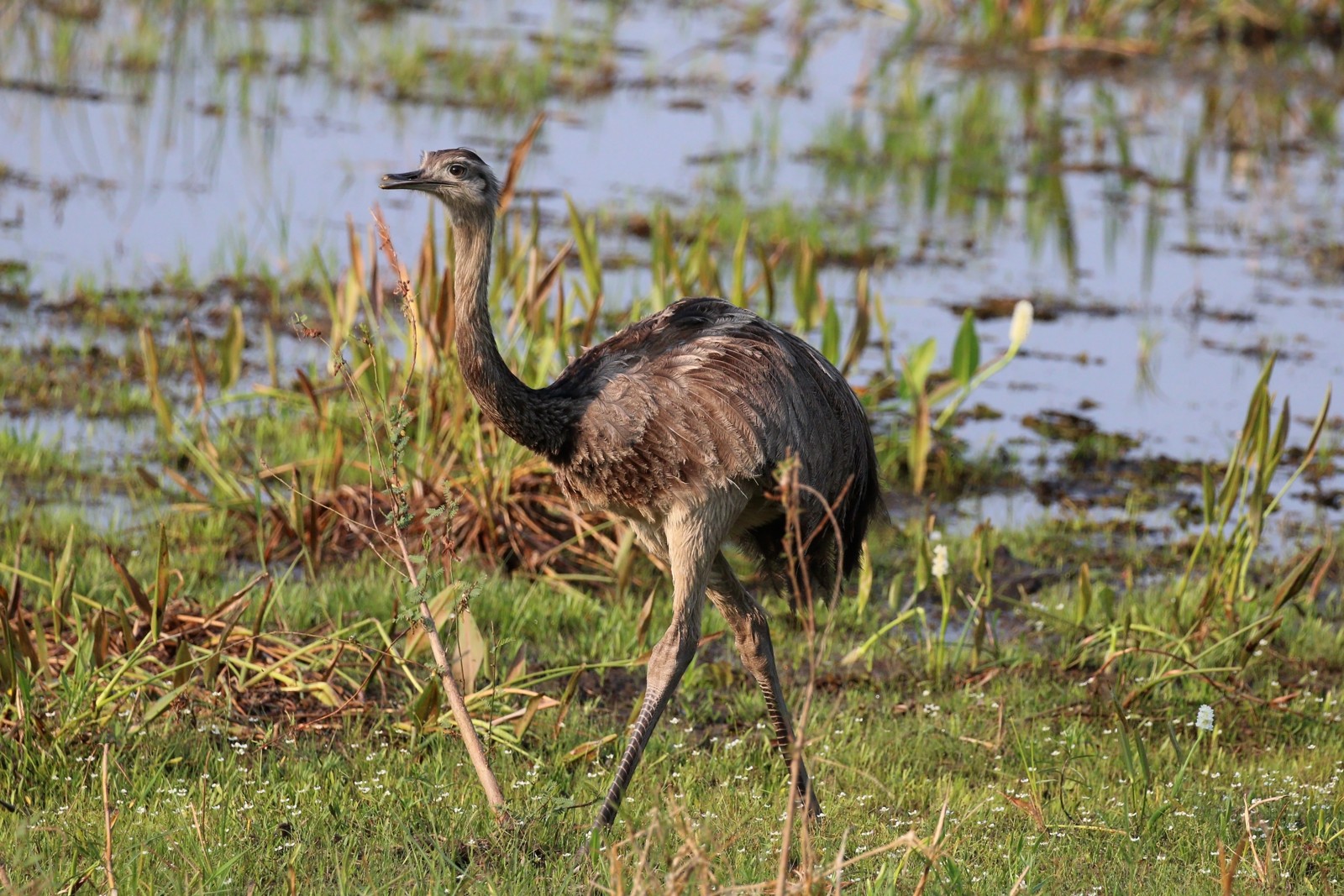
© Charles J. Sharp / CC BY-SA 4.0
The Greater Rhea demonstrates the perfect adaptation to South American pampas, with its gray-brown plumage providing excellent camouflage among tall grasses. These social birds often gather in flocks, unlike their more solitary Australian counterparts.
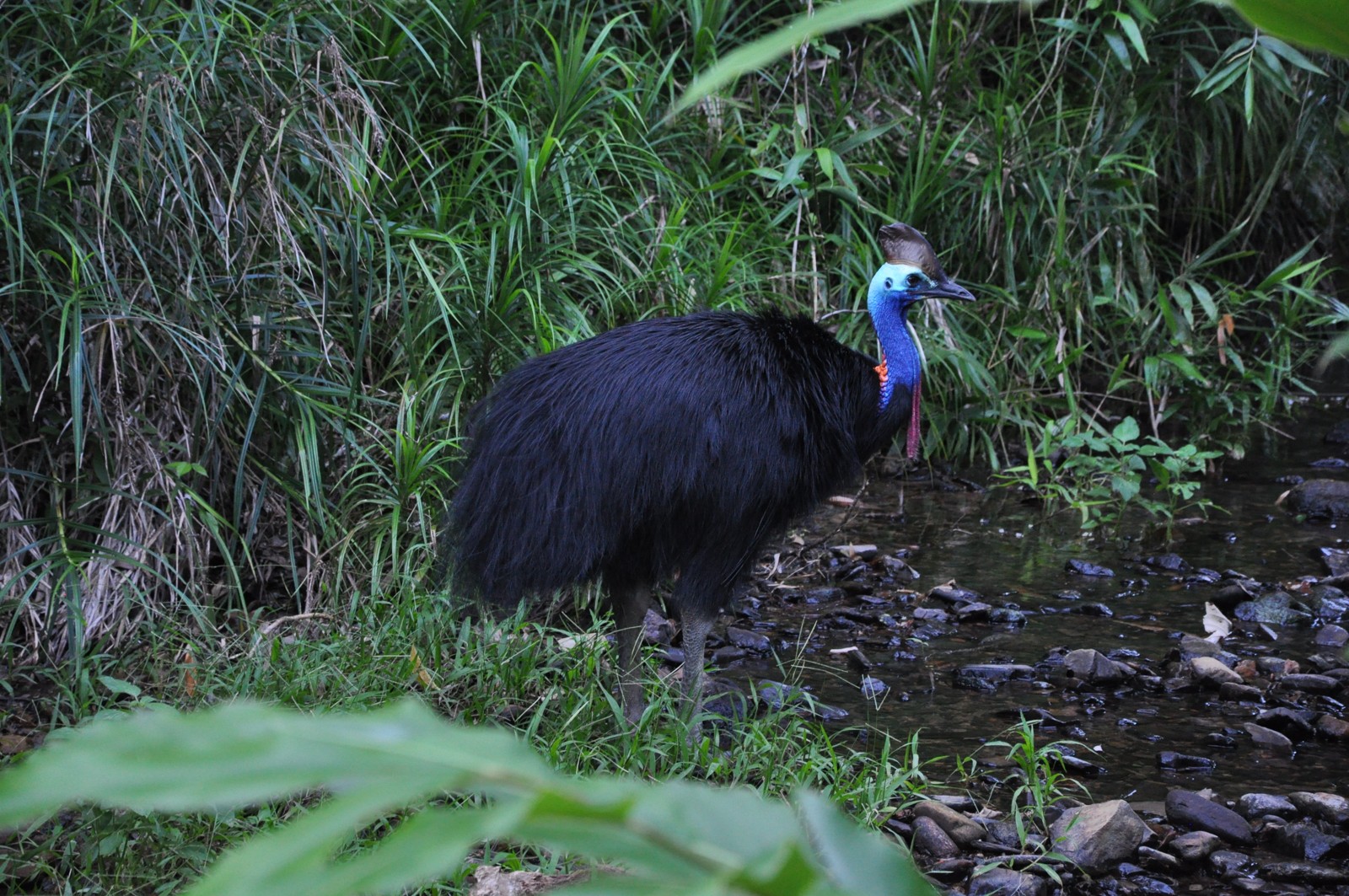
© Dmitry Brant / CC BY-SA 4.0
The Southern Cassowary showcases striking adaptations for rainforest life, including its distinctive casque and vibrant blue neck. These solitary giants are essential seed dispersers in their tropical habitat, capable of consuming fruits too large for other forest creatures.
Key Differences: Rhea vs Cassowary
| Feature | Rhea | Cassowary |
|---|---|---|
| Height | 4.9-5.4 ft (1.5-1.65 m) | Up to 6.6 ft (2 m) |
| Weight | 44-88 lbs (20-40 kg) | 75-130 lbs (34-59 kg) |
| Habitat | Grasslands, pampas, wetlands | Tropical rainforests |
| Social Behavior | Gregarious, forms groups | Solitary |
| Defense Mechanism | Speed, kicks | Powerful kicks, sharp claws |
| Diet | Omnivorous, mainly vegetation | Primarily frugivorous |
Habitat and Distribution
Rheas inhabit the vast open spaces of South America, ranging from Brazil to Argentina, preferring grasslands, scrubland, and savanna environments. Their long legs and excellent vision make them well-suited for spotting predators across open terrain.
Cassowaries, conversely, are adapted to the dense rainforests of northeastern Australia and New Guinea. Their powerful legs and dagger-like claws help them navigate through thick undergrowth, while their distinctive casque may protect their heads as they push through dense vegetation.
Behavioral Differences
Social Structure
Rheas demonstrate complex social behaviors, forming groups of 20-30 birds outside breeding season. Male rheas are exceptional parents, incubating eggs from multiple females and raising the chicks alone for up to six months.
Cassowaries maintain a solitary lifestyle, coming together only for breeding. Female cassowaries leave egg incubation and chick-rearing entirely to the males, who protect their offspring for up to 16 months.
Defensive Capabilities
Both species possess formidable defensive abilities, but their approaches differ significantly. Rheas rely primarily on speed, capable of reaching 40 mph (64 km/h) to escape predators. They can deliver powerful kicks when cornered.
Cassowaries are considered more dangerous, equipped with 5-inch (12 cm) dagger-like claws on their inner toes. Their powerful legs can deliver devastating kicks, making them one of the world’s most dangerous birds when threatened.
Diet and Feeding Habits
Rheas maintain an omnivorous diet, consuming:
- Plant matter (leaves, seeds, fruits)
- Small vertebrates
- Insects
- Agricultural crops
Cassowaries are primarily frugivorous, specializing in:
- Fallen fruits
- Small vertebrates
- Fungi
- Insects (occasionally)
Conservation Status
Both species face significant challenges in the modern world. Rheas are classified as Near Threatened due to hunting and habitat loss, while the Southern Cassowary is considered Vulnerable, with only about 4,600 individuals remaining in the wild.
Who Would Win in a Confrontation?
While such encounters would never occur naturally, a defensive confrontation between these species would likely favor the Cassowary due to:
- Greater size and weight
- More powerful legs
- Longer, sharper claws
- More aggressive defensive behavior
However, both species typically avoid confrontation, preferring to flee from potential threats when possible.
